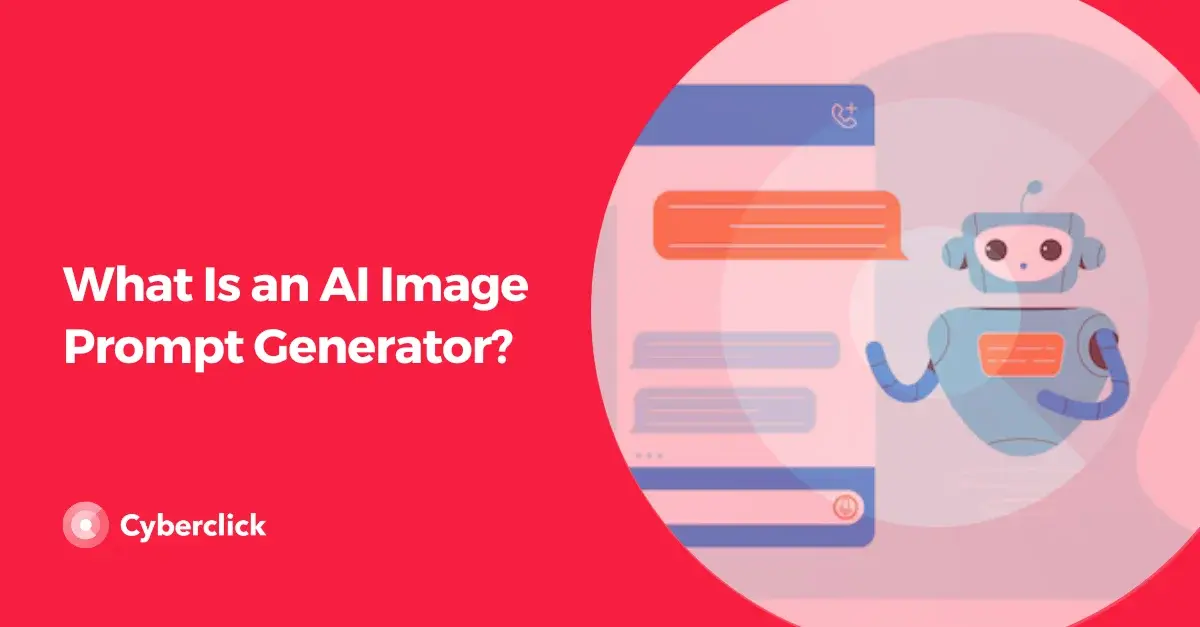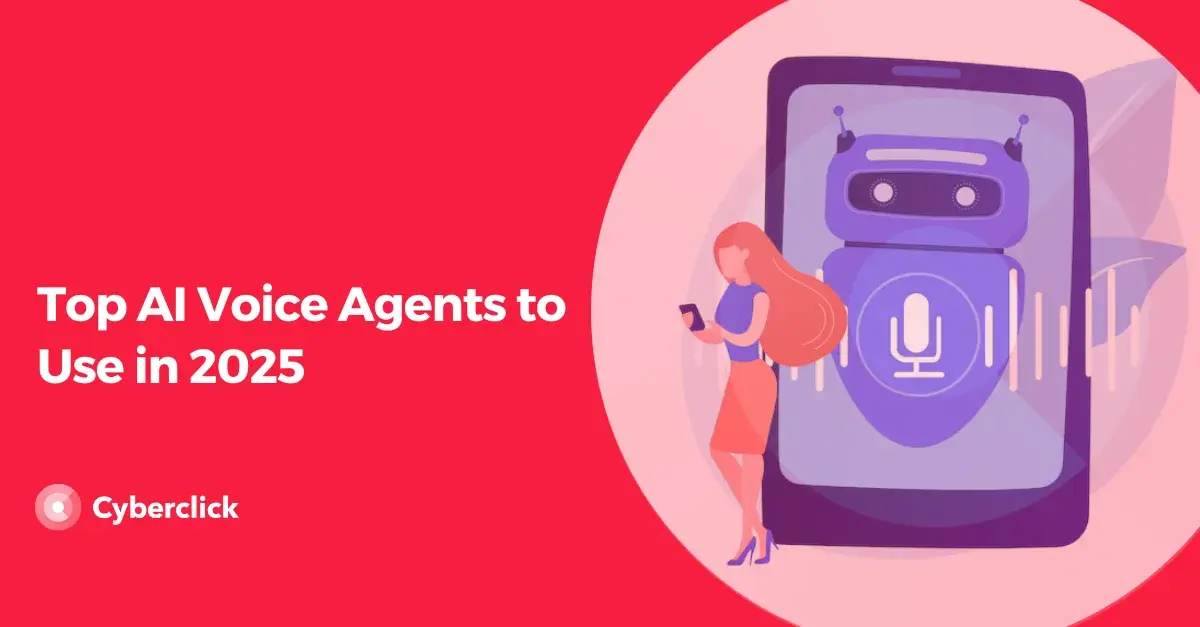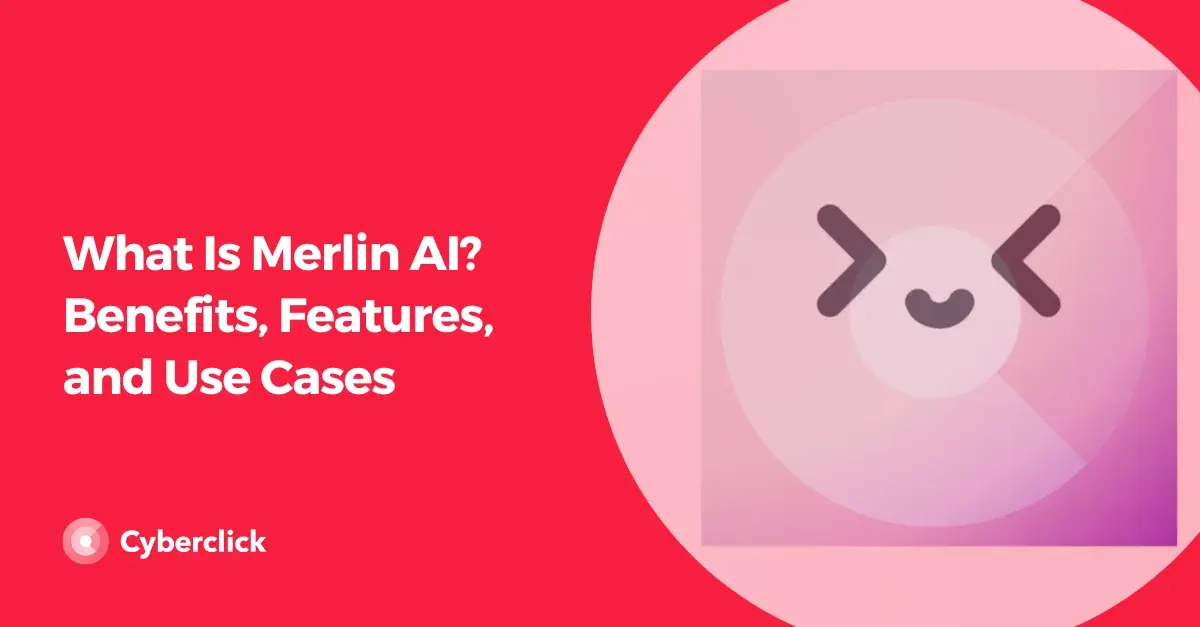You’ve probably come across AI-generated images that look pretty real but somehow feel... off. Maybe the eyes don’t quite line up, or the hands look weirdly distorted, or the lighting just seems unnatural. But why is it that in AI-generated images, something is often not quite right? And how does this affect you if you’re thinking about using AI tools for your work or projects?
Read on to find out what’s behind this uncanny effect and how it impacts the quality and usefulness of AI-generated images.
With AI-generated images, the uncanny effect happens for several reasons:
-
Inconsistencies in Details: AI often struggles with illustrating text on images as well as complex features like hands, faces, and eyes. You might see fingers that are too long or eyes that don’t match up symmetrically.
-
Unnatural Textures and Lighting: The way light interacts with objects in real life is very specific. AI can’t always replicate this perfectly, which can make images look flat or oddly lit.
-
Blurred or Merged Elements: Sometimes AI blends parts of images in ways that don’t make sense, like adding extra limbs or backgrounds that morph into faces.
These details trigger a kind of “something’s not right” feeling because your brain recognizes that the image is close to real but has some strange glitches.
Why Does AI Generate Weird Images?
AI image generators rely on a type of machine learning called generative adversarial networks (GANs) or other large models trained on massive datasets of images. Here’s a simplified view of how it works:
-
The AI scans through thousands or millions of images to learn patterns, like what eyes usually look like or how shadows fall on a face.
-
When you give it a prompt, the AI pieces together new images based on those patterns.
-
But because it’s guessing based on probabilities, it can’t perfectly recreate the logic or physics of the real world.
This means AI is excellent at mimicking common visual patterns, but it doesn’t truly “understand” the objects or people it’s creating. It’s like assembling a jigsaw puzzle with some pieces that almost fit but don’t quite belong.
How Does This Concern You?
If you want fast, on-demand visuals to support your work, whether for presentations, social posts, or creative projects, AI-generated images can be a huge time saver. But the uncanny effect can hurt the quality and professionalism of your materials if you’re not careful.
Here are some reasons why this matters:
-
Your Audience Might Notice: Even if the flaws are subtle, they can distract viewers or make your brand look less polished.
-
It Affects Credibility: Low-quality or weird visuals can undermine your message or make your content look rushed.
-
Limited Control: You often need to spend extra time fixing or editing AI images, which cuts into the time you hoped to save.
What Causes These Uncanny Mistakes?
To get a better sense, here are some of the technical reasons AI-generated images often look odd:
-
Training Data Limits: AI only learns from the images it has seen. If the dataset has biases or missing examples, the AI will struggle with uncommon features or angles.
-
Lack of 3D Understanding: AI models don’t truly understand depth or space the way humans do, so they can misplace objects or distort shapes.
-
Randomness in Generation: AI models use randomness to create variety, but that can also introduce unpredictable glitches.
-
Simplified Pattern Recognition: The AI looks for common shapes and colors but can’t judge whether something “makes sense” in the context of the whole image.
Will This Ever Change?
There are ongoing efforts to make AI-generated images more realistic and less uncanny. Here are some ways the technology is evolving:
-
Better Training Datasets: Using more diverse and higher-quality images helps AI learn finer details.
-
Multimodal Learning: Combining images with text or 3D models gives AI a richer context.
-
Human-in-the-Loop Systems: Some tools let users guide or correct AI outputs in real time.
-
Post-Processing Tools: AI-based editing software can clean up oddities after the image is generated.
Still, despite these improvements, AI-generated images may never be 100% flawless because of how these models work. That’s why it’s important to use them thoughtfully.
Tips for Generating Better Quality AI Images
If you want to use AI images in your day-to-day work without sacrificing quality, keep these points in mind:
-
Review Closely: Always check AI images carefully for inconsistencies before using them.
-
Continue Refining Your Prompt: Don’t rely on the first AI image as the final product; consider it a draft to be refined.
-
Combine with Human Editing: Use photo editing tools to fix odd details or improve lighting.
-
Pick Simple Subjects: AI struggles more with complex scenes or faces, so simpler images often come out better.
-
Test Multiple Outputs: Generate several images and choose the best one, since AI can be hit-or-miss.
The Bottom Line
AI-generated images are a powerful tool that can save you a lot of time when you need cool visuals fast. But the uncanny feeling comes from the AI’s current limits in understanding and replicating real-world details perfectly. Knowing why AI images sometimes look off can help you use this tech in smarter ways, getting the speed you want without losing quality.
As AI continues to improve, expect better results over time. For now, think of AI-generated images as a helpful assistant or source of inspiration, not a full replacement for human creativity and judgment.







Leave your comment and join the conversation